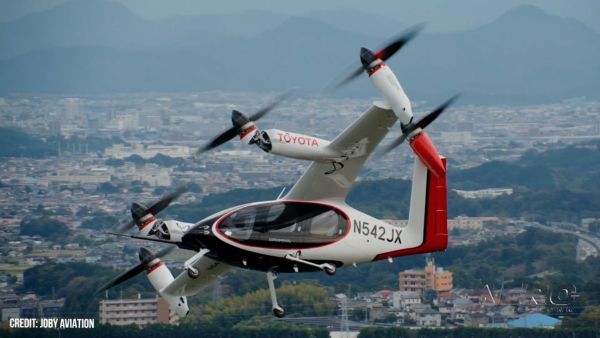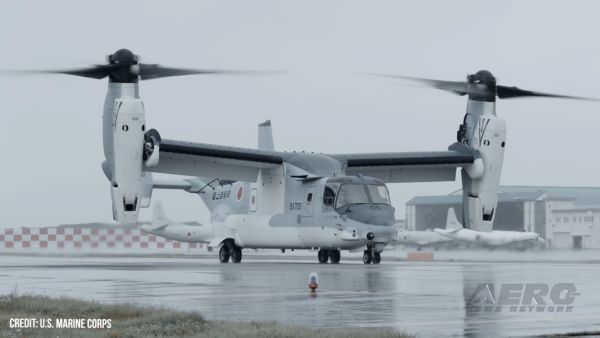Tue, May 18, 2004
Agency Outlines Targeted Security Enhancements for Wide Range
of GA Airports
Rear Adm. David M. Stone, Acting Administrator for the
Transportation Security Administration (TSA), announced Monday the
release of the TSA's "Security Guidelines for General Aviation
Airports." The guidelines are intended to provide US general
aviation (GA) airport owners, operators and users with a set of
federally endorsed security enhancements and methods for
implementation.
"This is an important step toward ensuring the appropriate
levels of security for GA airports and reflects the power of
effective partnership," said Admiral Stone (USN Ret.). "The new
guidelines were developed from industry best practices and provide
a tool for operators to assess an airport's characteristics and
determine which security enhancements are suitable. Both TSA and
the GA community agree that a single approach to security will not
cover the spectrum of the nation's GA airports."
The guidelines contain the Airport Characteristics Measurement
Tool that helps to define unique security needs for differing
airports. It is designed to be self-administered by airport
operators, allowing them to assess an airport's security
characteristics and determine which enhancements are most
appropriate. The guidelines address the security needs of both
small privately owned landing strips in rural areas as well as
large corporate GA airports in major metropolitan areas. For
example, at a high volume GA airport with longer runways near a
sensitive site with a large number of aircraft, the guidelines
suggest security measures that include perimeter control, video
surveillance, alarm system, airfield lighting, identification
credentials, proper aircraft locking mechanisms, emergency
preparedness plans, and airport community watch programs. Because
these guidelines were developed from industry best practices, many
GA airports already have some or all of these measures in
place.
In the document, the TSA says it "has not taken a position that
GA airports and aircraft are a threat, in and of themselves.
However, as vulnerabilities within other areas of aviation have
been reduced, GA may be perceived as a more attractive target and
consequently more vulnerable to misuse by terrorists. TSA believes
that the security guidelines outlined in this document will help
airport managers and aircraft operators determine which security
measures they should take at their particular facility to reduce
vulnerabilities and encourage the adoption of consistent and
appropriate security measures across the nation. TSA also believes
that these security guidelines must be federally endorsed to
discourage a hodgepodge of state and local guidelines."
More News
Aero Linx: Vertical Aviation Safety Team (VAST) The Vertical Aviation Safety Team (VAST) is a public–private initiative to enhance worldwide flight operations safety in all s>[...]
Maximum Authorized Altitude A published altitude representing the maximum usable altitude or flight level for an airspace structure or route segment. It is the highest altitude on >[...]
“The final hole size matched-drilled technology ensures that all parts align perfectly, reducing the need for measurements and adjustments. This advancement not only saves ti>[...]
Also: EAA Scholarship, Keewatin Air Pilots, Bell Textron Donates, Capt. Judy Cameron Scholarship On December 1, 2024, the FAA will be finalizing major changes for current and futur>[...]
An SnF2023 Favorite (YouTube Edition): The Stearman Storyteller A young Dutch boy looked on, rapt with amazement, as a T-6 pilot flew an aerobatic routine during an airshow long lo>[...]
 ANN's Daily Aero-Linx (11.07.24)
ANN's Daily Aero-Linx (11.07.24) ANN's Daily Aero-Term (11.07.24): Maximum Authorized Altitude
ANN's Daily Aero-Term (11.07.24): Maximum Authorized Altitude Aero-News: Quote of the Day (11.08.24)
Aero-News: Quote of the Day (11.08.24) Airborne-Flight Training 11.07.24: CFI Changes, DPE Symposium, Evektor Harmony
Airborne-Flight Training 11.07.24: CFI Changes, DPE Symposium, Evektor Harmony Classic Aero-TV: Of Old Crows and Young Hearts
Classic Aero-TV: Of Old Crows and Young Hearts


